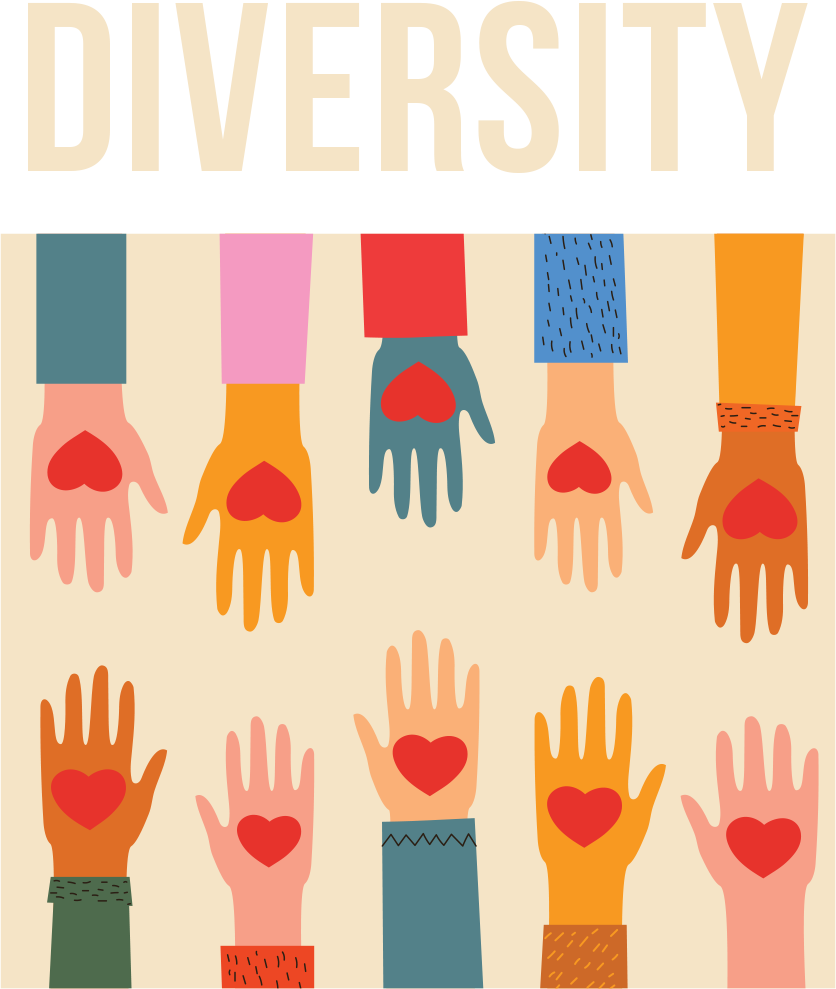


ne of the first things that drew me to my job was the visible diversity in the workplace. I know that not all forms of diversity are obvious, but as an Indian American veterinarian who has always felt slightly out of place in a predominantly white profession, it gave me a sense of comfort.
My clinic is the only veterinary setting I have ever been in where the “minorities” are actually the majority. We have six Spanish-speaking staff members and serve several Spanish-speaking clients on a daily basis. One of my colleagues is another veterinarian of Asian descent. The hospital has also had several minority veterinarians who came before us. While some of this can be attributed to the diversity of the area I live in, a lot of it can be attributed to clinic culture. Not only are people from diverse backgrounds present, but their experiences and skills are valued.
What many veterinary practices fail to realize is that recruiting diverse individuals is just the first step; the goal is to create environments where differences are welcomed and people feel a sense of belonging. In order to achieve this, diversity, equity and inclusion must each be considered separately in setting goals for practice culture.






Ultimately, diversity is essential to the future of the veterinary profession because the care of animals improves when clients are able to trust their veterinary team. In addition, client relationships are strengthened by having veterinary staff members that understand cultural nuances of pet care, communicate effectively and look like the people they serve.
As a veterinary professional who has often been the only person of color in veterinary clinics, I have experienced firsthand the difference between spaces that prioritize diversity and inclusion and those that don’t. In my current practice, I am able to bring my full self to work each day without feeling an urge to keep parts of my identity quiet. I have numerous opportunities for cultural exchange among my colleagues each day. Best of all, I have been able to connect with clients from a wide variety of cultural backgrounds and experience how much they appreciate seeing themselves reflected in the people who care for their pets.
